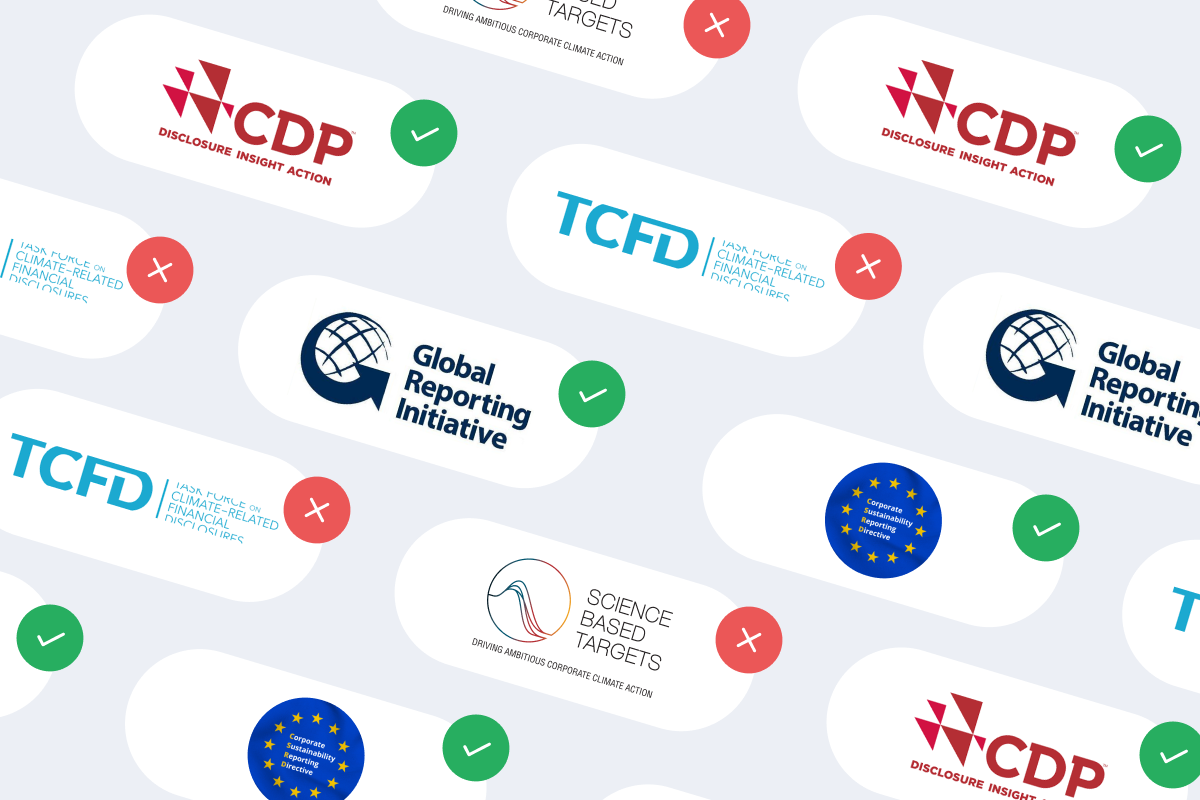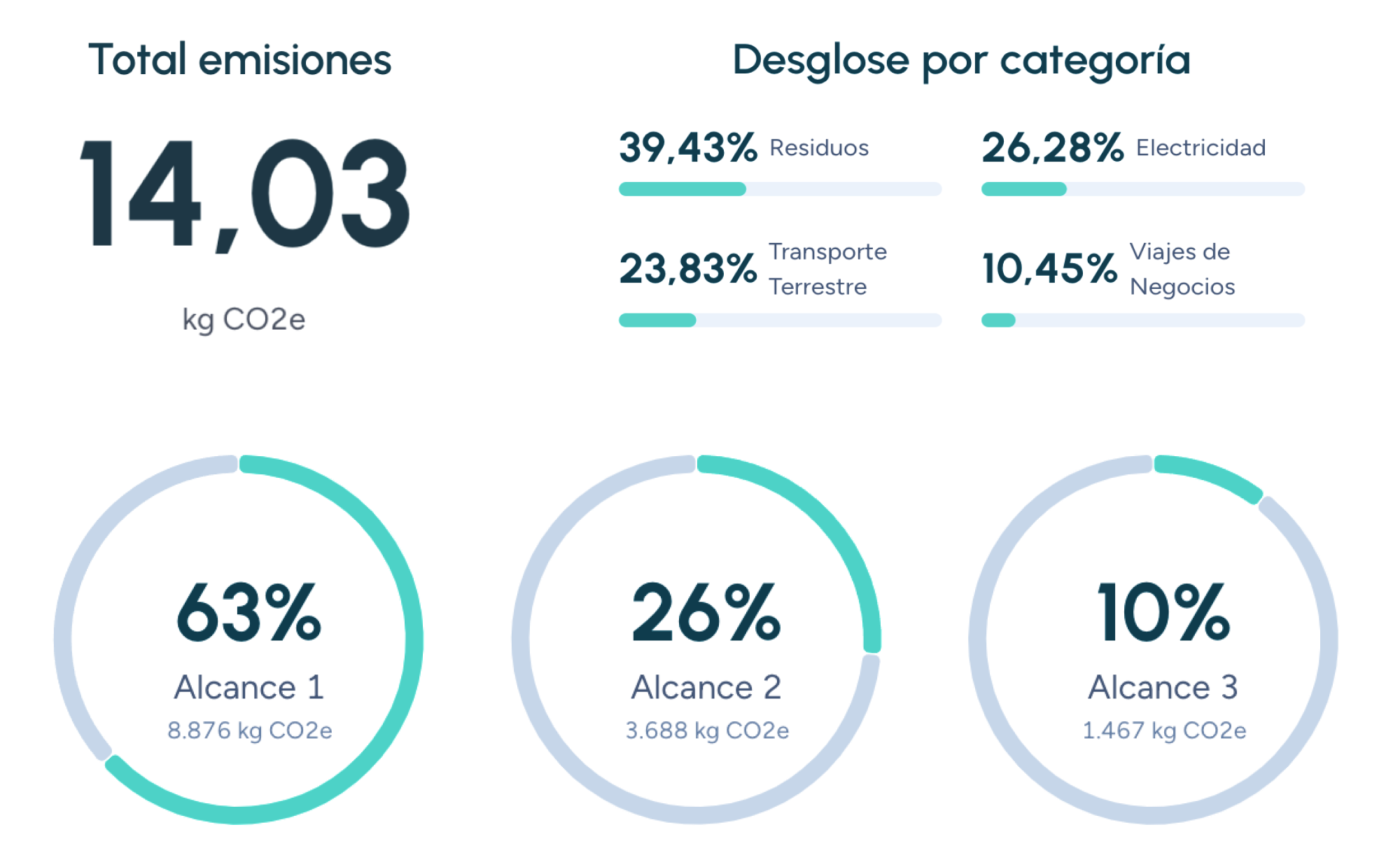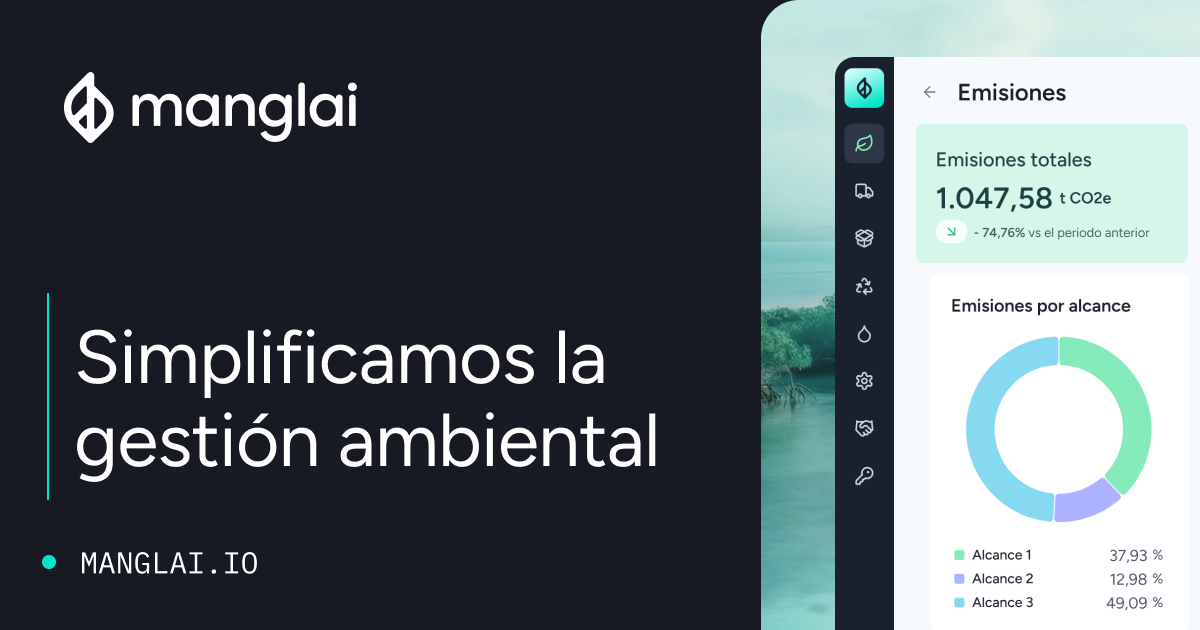Value chain
The value chain, a concept introduced by Michael Porter in 1985, describes all the activities a company performs to develop a product or service—from its conception to its delivery to the final consumer, and even beyond. These activities are divided into two main categories:
Primary activities
These are directly related to the physical creation of the product, its sale, distribution, and post-sale support:
- Inbound logistics: receiving, storing, and managing raw materials
- Operations: transforming raw materials into the final product
- Outbound logistics: distributing the finished product to customers
- Marketing and sales: promoting and selling the product
- Post-sale services: technical support, repairs, and returns management
Support activities
These are not directly involved in production but are essential to enable primary activities to run efficiently:
- Firm infrastructure: administration, planning, finance, etc.
- Human resource management: recruitment, training, and staff development
- Technology development: R&D and innovation in processes and products
- Procurement: acquiring raw materials, supplies, and other resources
The value chain and the carbon footprint
The relationship between the value chain and the carbon footprint is intrinsic. Every link in the chain—from raw material extraction to transportation, manufacturing, use, and end-of-life disposal—generates greenhouse gas (GHG) emissions.
Emission scopes along the value chain
To fully understand a company’s environmental impact, it is essential to assess the carbon footprint throughout the entire value chain. The Greenhouse Gas Protocol, a widely recognized international standard for emissions accounting, classifies emissions into three scopes:
- Scope 1 (Direct emissions): GHG emissions from sources owned or controlled by the company, such as fuel combustion at owned facilities.
- Scope 2 (Indirect emissions from energy): emissions associated with the generation of electricity, heat, or steam purchased by the company.
- Scope 3 (Other indirect emissions): all other indirect emissions along the value chain, including those related to suppliers, product transport and distribution, product use by customers, and end-of-life treatment.
Benefits of analyzing the carbon footprint across the value chain
Identifying and quantifying emissions at each stage of the value chain offers multiple advantages for companies:
- Spot emission reduction opportunities: helps identify hotspots where emissions are highest and prioritize the most effective mitigation actions.
- Improve efficiency and reduce costs: emission reductions often go hand in hand with process optimization, resulting in significant cost savings.
- Strengthen brand image and reputation: in a world where sustainability matters to consumers, companies that demonstrate environmental commitment can boost their public perception.
- Unlock new business opportunities: the growing demand for sustainable products and services opens new markets for companies that can demonstrate environmental performance.
- Comply with environmental regulations: with increasingly strict climate legislation, companies that fail to measure and manage their emissions may face penalties.
Analyzing the carbon footprint along the value chain is not just an environmental responsibility—it’s a strategic business decision for long-term resilience and growth.
Companies that trust us

Blue Water Footprint
The blue water footprint represents the volume of surface and groundwater withdrawn from rivers, lakes, reservoirs, and aquifers to produce goods and services.
Blue Water Scarcity
Blue water scarcity is an indicator that compares the consumption of surface and groundwater resources (blue water footprint) with the availability of renewable freshwater within a river basin over a specific period.
Blue carbon
Blue carbon refers to the carbon stored in coastal and marine ecosystems, such as mangroves, seagrass meadows, and salt marshes.
Guiding businesses towards net-zero emissions through AI-driven solutions.
© 2025 Manglai. All rights reserved
Política de Privacidad


